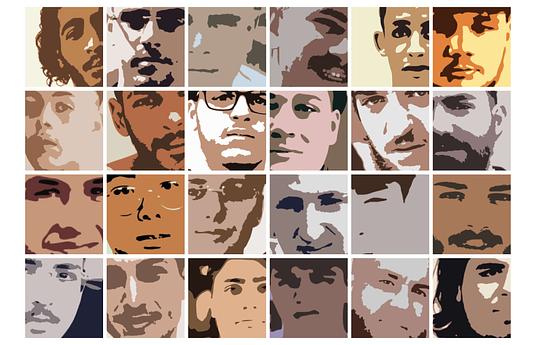Fewer children are engaging in exercise, as well as taking either public or private transport means to school. We need for a creative solution that considers both the parents anxieties around their children walking to school, as well as a way to encourage a habit of walking through entertaining means.
Free Range Kids is a class-based program thatgets children to walk to school as far as they possibly can. They earn a point every time they walk to school and when they reach a predetermined level of points as a class, they receive a reward (which should always cost nothing and encourage activity) such as extra playtime or a planned walk to a nature reserve.
The simplicityof the program is what makes it extremely easy to implement. The instruction manual is one page long and once the programme is established it takes around one minute a day to run and administer as the teacher counts how many students walked to school that day, as the students age they can take over this task.
The students also receive a brochure with a licenseto negotiate with their parents. There is an open license (you can walk by yourself straight away) and a learning license (a negotiation between you and your parents). Free Range Kids demonstrates that by facilitating conversation between child and parent they can understand that the benefits of walking to school outway the risks.
The psychological benefits for the child are notable. Research on this pilot demonstrate that by engaging in exercise before school they are more engaged and their behaviour improves. Also, through journaling of their adventures on the way to school this provided them with new stimuli for learning based on these independent experiences as they venture out into the world.
Free Range Kids helps increase a child’s mobility and teaches them to understand and develop their risk taking capacity which is a great step for parents to hand extra responsibility to their child.


